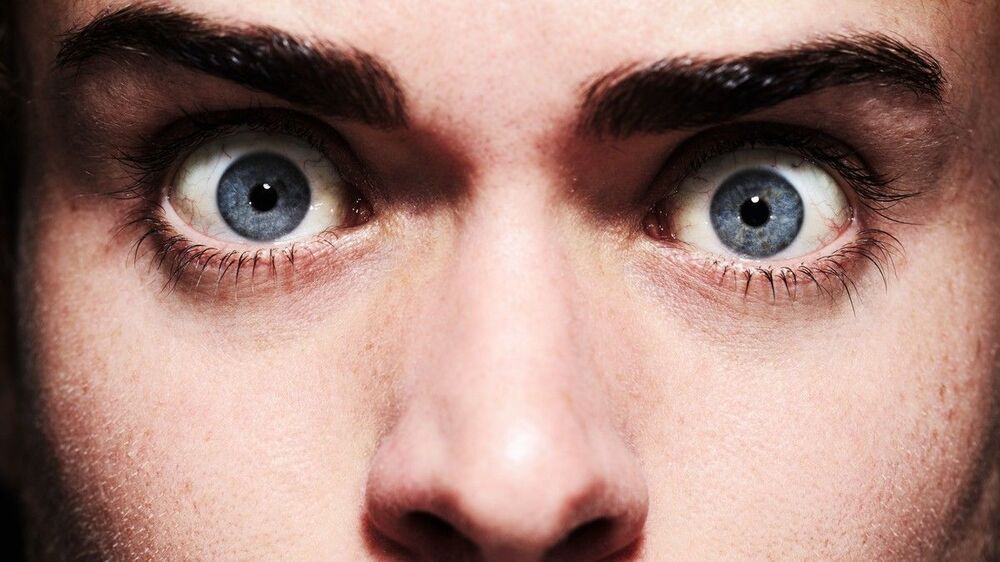Mice, fruit flies and dogs are common creatures of laboratories across the country, valuable to researchers for their genetic proximity to humans. But what about lampreys?
A new Yale School of Public Health study has enlisted this unlikely and slimy ally in the fight against cancer.
By carefully tracing the evolution of a select number of cancer-causing genes in a variety of species, the researchers evaluated which animals are—and are not—effective in gauging how an analog of those genes in humans can lead to cancer. What they found is surprising: jawless fish such as lampreys share significant similarities in these certain genes compared to humans, while fruit flies do not. Their findings, published in the journal Genome Biology and Evolution, will help molecular biologists and other scientists as they work to find potential cures to certain cancers, such as lymphoma.









